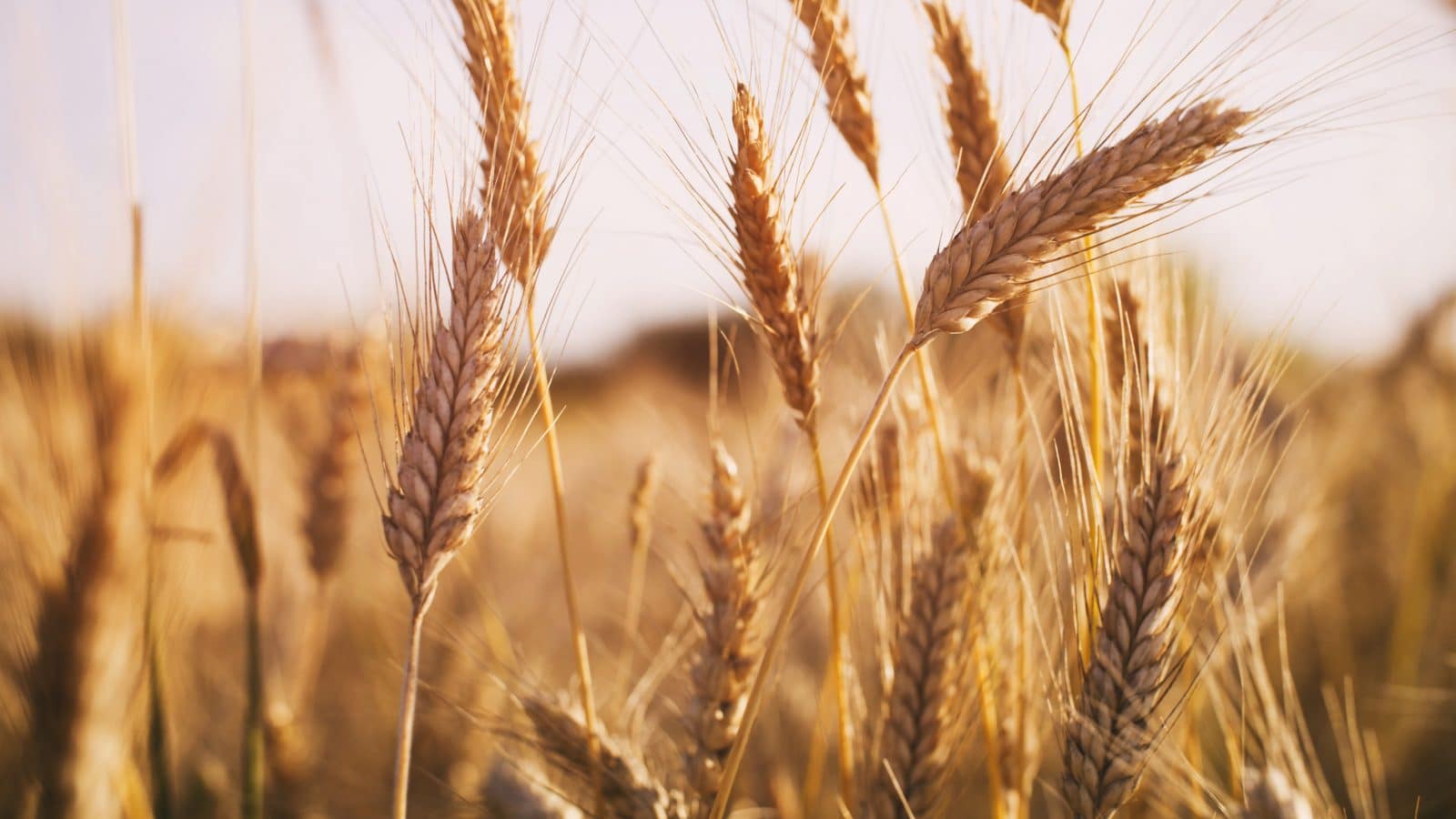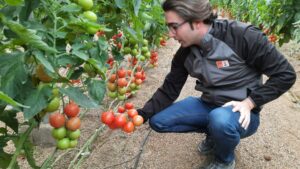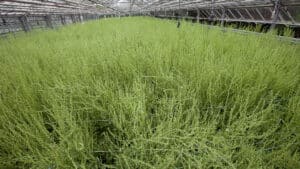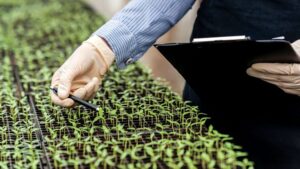On June 7, 2019, USDA’s Animal and Plant Health Inspection Service (APHIS) announced that it was investigating a detection of genetically engineered (GE) wheat in an unplanted agricultural field in Washington State. The GE wheat plants in question were resistant to the herbicide glyphosate. After a thorough fact-finding effort, APHIS has determined through testing that the GE wheat plants in question were developed by Monsanto (now owned by Bayer CropScience) and referred to as MON 71300 and MON 71800.
There is no evidence that any GE wheat has entered commerce or is in the food supply.
The Food and Drug Administration (FDA) completed a voluntary food and feed safety evaluation on MON 71800 several years ago, concluding it was as safe as non-GE wheat currently on the market. MON 71300 contains the same gene for glyphosate resistance as MON 71800, previously evaluated by FDA. With respect to MON 71300, FDA states it “would have no safety concerns in the unlikely event that low levels of MON 71300 wheat or MON 71800 wheat were present in the food supply.” Additionally, APHIS is announcing that a test kit will be available for our trading partners to detect MON 71300. Previous test kits detected MON 71800 found in Oregon (2013) and MON 71700 found in Washington (2016).
There is no GE wheat for sale or in commercial production in the United States at this time.
APHIS is collaborating with our state, industry and trading partners. Announcing the availability of this test is part of our commitment to provide the public and all of our partners with timely and transparent information about our findings.
After previous detections of GE wheat, APHIS strengthened its oversight of regulated GE wheat field trials. APHIS now requires developers to apply for a permit for field trials involving GE wheat beginning with GE wheat planted on or after January 1, 2016. Bringing GE wheat under permit enables APHIS to create and enforce permit conditions that ensure confinement and minimize the risk that the regulated GE wheat will persist in the environment.
Source: USDA-APHIS













